Tourist Attractions in Poland
Poland
has survived centuries of conflict to emerge as a proud, independent
country, ready to assume her new role in modern history. Visitors to
Poland are discovering what the locals have long known, that Poland is a
country rich in fine culture, scenic landscapes and extraordinary
historical sites. Whether exploring the nation’s vibrant cities, the
lakes and forests of her picturesque countryside or some of the other
tourist attractions in Poland, visitors are sure to bring away rich
memories.
10Wawel Castle
People
have lived upon the site of Wawel Castle since the Paleolithic Age. The
castle itself was first built in the 14th century, at the command of
Polish monarch Casimir III the Great. The Gothic castle is home to the
only preserved piece of the Polish Crown Jewels, the legendary sword
Szczerbiec coronation sword. Decorated with symbols and floral patterns,
the blade is notched to hold a small shield, giving the sword its
nickname, the Jagged Sword.
9Auschwitz-Birkenau
A
visit to Auschwitz-Birkenau is a powerful experience that words can
scarcely describe. The immense size of the infamous Nazi concentration
camp is the first thing to strike visitors as they approach the entrance
to the memorial and museum in Oswiecim, Poland. Devoted to the memory
of the murders in the camps during World War II, Auschwitz-Birkenau has
been visited by more than 25 million people.
8Masurian Lakeland
Located
in an area that encompasses the lower Vistula River to the Lithuania
border, the Masurian Lake District contains more than 2,000 lakes
connected by an extensive system of canals and rivers. The Masurian
Lakeland is the most popular tourist destination of Europe’s lake
districts. Hotels, guest houses and camp sites are plentiful in the
villages that surround the lakes, and visitors often travel by bicycle
or boat to tour the scenic area.
7Slowinski Sand Dunes
Situated
in northern Poland, the Slowinski Sand Dunes are part of the Slowinski
National Park located on the coast of the Baltic Sea. The park is named
after the Slovincians who once lived there, and an open-air museum in
the town of Kluki features artifacts of their culture. The dunes
themselves are formed as waves and wind carry sand onshore and can reach
as high as 30 meters. Their forms change with the season and are known
as the “moving dunes.”
6Malbork Castle
Malbork
Castle was founded in 1274 by the Teutonic Knights who used it as their
headquarters to help defeat Polish enemies and rule their own northern
Baltic territories. The castle was expanded several time to host the
growing number of Knights until their retreat to Königsburg in 1466.
Today it is the most popular tourist attraction in the city of Malbork.
5Wieliczka Salt Mine
Located
on the outskirts of Krakow, the Wieliczka Salt Mine is considered one
of the oldest companies in the world. Salt has been mined from the site
continuously since the 13th century. The site features an underground
city, all carved out of the rock salt, including a chapel that is said
to have the best acoustics of any structure in Europe. Dozens of ancient
sculptures carved from salt are augmented by new sculptures from
contemporary artists.
4Bialowieza Forest
The
Bialowieza Forest is a large remnant of the primeval forests that once
covered much of Europe. The forest straddles the border between Poland
and the Republic of Belarus, and there are border crossings for tourists
on foot or on bicycles. The Bialowieza Forest is home to around 800
wisent, a protected species of European bison. While the wisent are kept
within fenced areas, guided tours are available either on foot or in
horse-drawn carriages.
3Gdansk Old Town
Located on the Baltic coast, the city of
Gdansk’s
history includes a long occupation by 14th century Teutonic Knights
whose fortresses contrasted strongly with the existing town that came to
be known as Altstadt, or “Old Town.” In the 15th century, Casimir IV of
Poland allowed the structures built by the Teutonic Knights to be
demolished. Gdansk’s Old Town area includes many 17th century
structures, including granaries, mills and churches.
2Warsaw Old Market Place
Founded in the late 13th century,
Warsaw
and the city’s central marketplace were the heart of Polish culture for
five centuries. The original Old Town Market Place was destroyed in
World War II but was carefully reconstructed almost immediately after
the war ended. The market square features a bronze sculpture of the
Warsaw mermaid, the symbol of Poland’s capital.
1Main Market Square
Dating back to the 13th century, the Main Market Square in the Old Town in
Kraków
is the largest medieval town square in Europe and one of the main
tourist attractions in Poland. The square is surrounded by historical
townhouses, historic buildings, palaces and churches. The center of the
square is dominated by the Cloth Hall, rebuilt in 1555 in the
Renaissance style, topped by a beautiful attic.
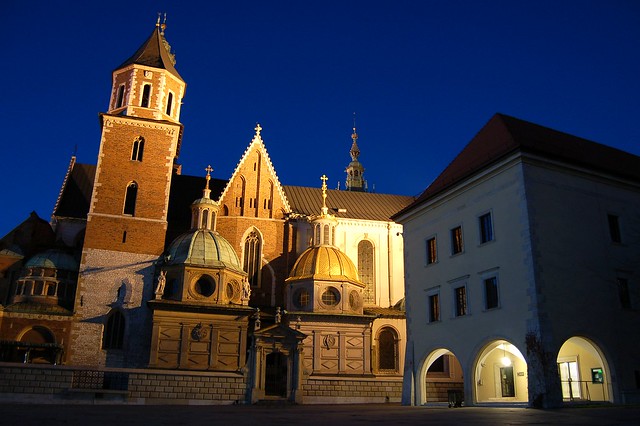 flickr/soylentgreen23
flickr/soylentgreen23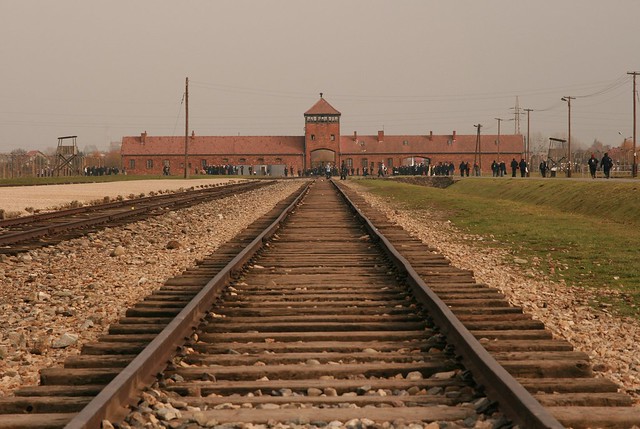 flickr/One From RM
flickr/One From RM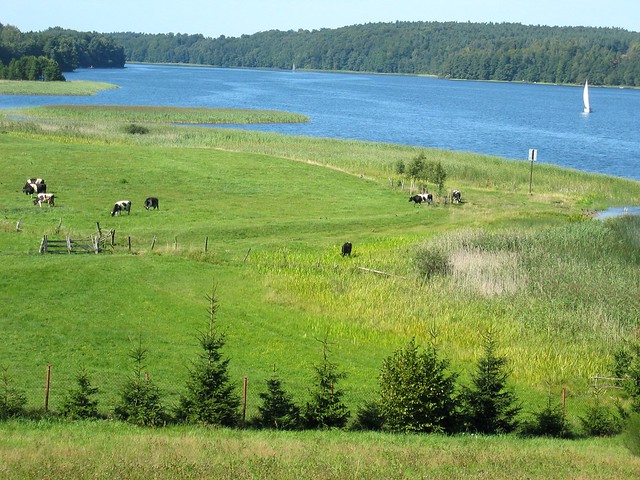 flickr/BiLK_Thorn
flickr/BiLK_Thorn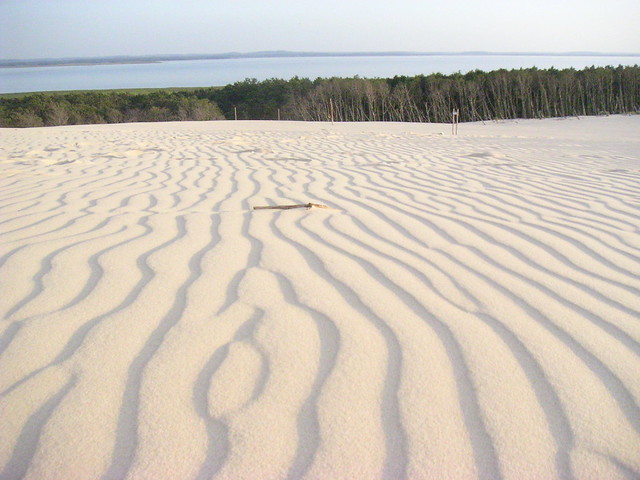 flickr/NatBat
flickr/NatBat flickr/janusz l
flickr/janusz l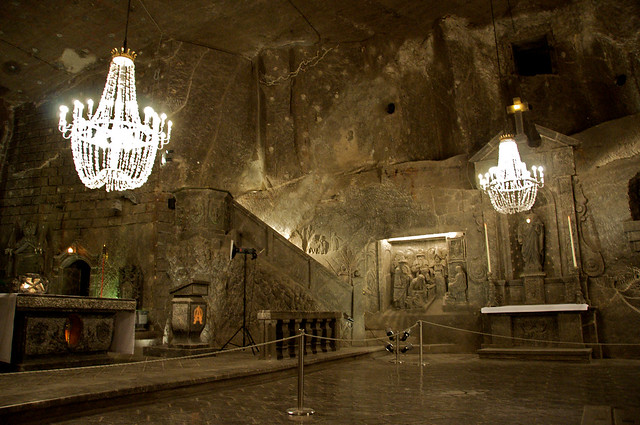 flickr/teachandlearn
flickr/teachandlearn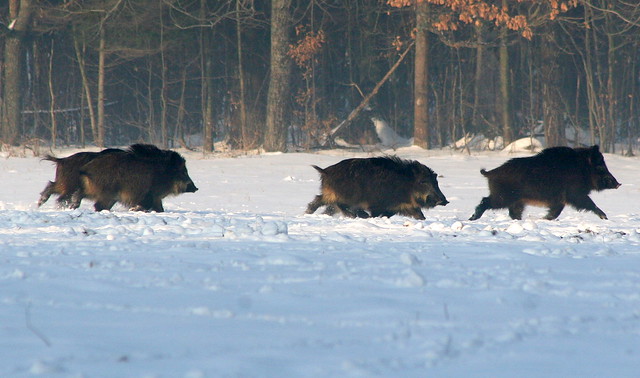 flickr/vlod007
flickr/vlod007 wikipedia/Michal Slupczewski
wikipedia/Michal Slupczewski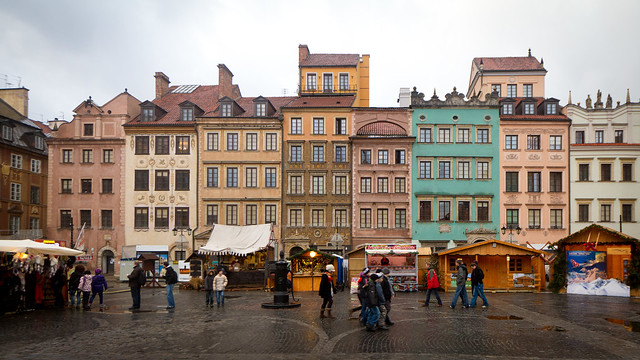 flickr/Nicola since 1972
flickr/Nicola since 1972 wikipedia/Pko
wikipedia/Pko
Hi! Never knew even reading about the beauty of Poland could be this much interesting! I thank you for sharing the best tourist attractions with us. Luckily, I have already got my Poland visa appointment fixed. I am excited to get my visa and fly!
ReplyDeleteBrilliant post! My husband recently applied for a Poland visa as we wanted to take some time off from our hectic schedules. Meanwhile, I was looking for some interesting places to explore when I came across your itinerary. It might help us prepare our travel itinerary in a hassle-free manner. Looking forward to having a wonderful trip with my husband.
ReplyDelete